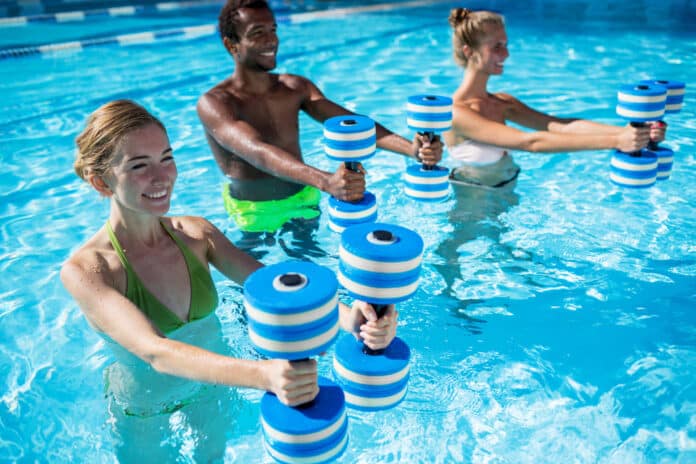
Pain is something that everyone experiences at some point in their lives. Whether it’s a headache, backache, or muscle soreness, pain can be a hindrance to our daily activities and overall quality of life.
While pain medication can provide temporary relief, it’s important to find long-term solutions to manage pain. One effective way to do this is through exercise.
Exercise has been proven to reduce pain and improve overall physical and mental health.
Stretching
Stretching is an essential part of any exercise routine and can help to alleviate muscle tension and stiffness, improve range of motion, and reduce pain.
There are many different stretches that you can do, but some of the most effective stretches for pain management include:
● Hamstring stretches: These stretches are great for relieving lower back pain and sciatica. To do this stretch, sit on the ground with your legs straight out in front of you. Slowly reach towards your toes, feeling the stretch in your hamstrings.
● Quadriceps stretches: These stretches are great for relieving knee pain and improving mobility. Stand with your feet hip-width apart and hold onto a stable object for balance. Bring your heel towards your butt and hold the stretch for 30 seconds.
● Chest stretches: These stretches are great for relieving upper back and neck pain. Stand and interlock your fingers behind your back. Slowly lift your arms up and back, feeling the stretch in your chest, upper back, and shoulders.
Aerobic Exercise
Aerobic exercise, also known as endurance or cardiovascular exercise, is any type of exercise that raises your heart rate and breathing rate for an extended period of time. This can include activities like running, biking, or swimming. Aerobic exercise has been proven to reduce pain and improve overall physical and mental health.
Some tips for starting an aerobic exercise routine include:
● Find an activity that you enjoy: If you hate running, don’t force yourself to run. Maybe you prefer swimming, cycling, or dancing. This makes it easier for you to stick to your routine.
● Start slow: Progress at a level that’s comfortable for you and gradually increase the duration and intensity as you get stronger.
● Listen to your body: If you’re feeling pain or discomfort during your workouts, take a break or modify the activity. You may need to adjust your posture or technique.
Strength Training
Strength training, also called resistance training, involves using weights or other resistance to build muscle strength. This type of exercise can help to improve muscle function and reduce pain. Some strength training exercises that are effective for pain management include:
● Bodyweight Squats: Squats are a great exercise for strengthening the legs and improving mobility. To do a squat, stand with your feet shoulder-width apart and your hands in front of your chest. Slowly lower your body down as if you’re sitting back into an invisible chair, keeping your shoulders above your knees and feet.
● Lunges: Lunges are another great exercise for strengthening the legs and improving mobility. Step forward with one leg and lower your body down until your thigh is parallel to the ground. Push off with your front foot to return to the starting position.
● Push-ups: Push-ups are great for strengthening the upper body and improving posture. To do a push-up, start in a plank position with your hands shoulder-width apart and your feet hip-width apart. Lower your body down until your chest nearly touches the ground, then push back up to the starting position.
Water Exercises
Water exercises, also known as aquatic therapy or hydrotherapy, involve performing exercises in a pool or other body of water. This type of exercise is great for people with joint pain or mobility issues because the water provides resistance and support. Some water exercises that are effective for pain management include:
● Leg lifts: Leg lifts are a great exercise for strengthening the legs and improving mobility. Simply lift one leg straight out in front of you and hold for a few seconds before lowering it back down.
● Arm curls: Arm curls are a great exercise for strengthening the upper body and improving posture. Curl your arms up towards your chest, feeling the resistance of the water.
● Water aerobics: Water aerobics is a low-impact exercise that combines cardiovascular exercise with strength training. It’s a great way to get a full-body workout while also reducing stress on your joints.
No matter what type of activity you choose, remember to start slowly and listen to your body. Don’t be afraid to seek guidance from a healthcare professional or physical therapist if you need help.


















